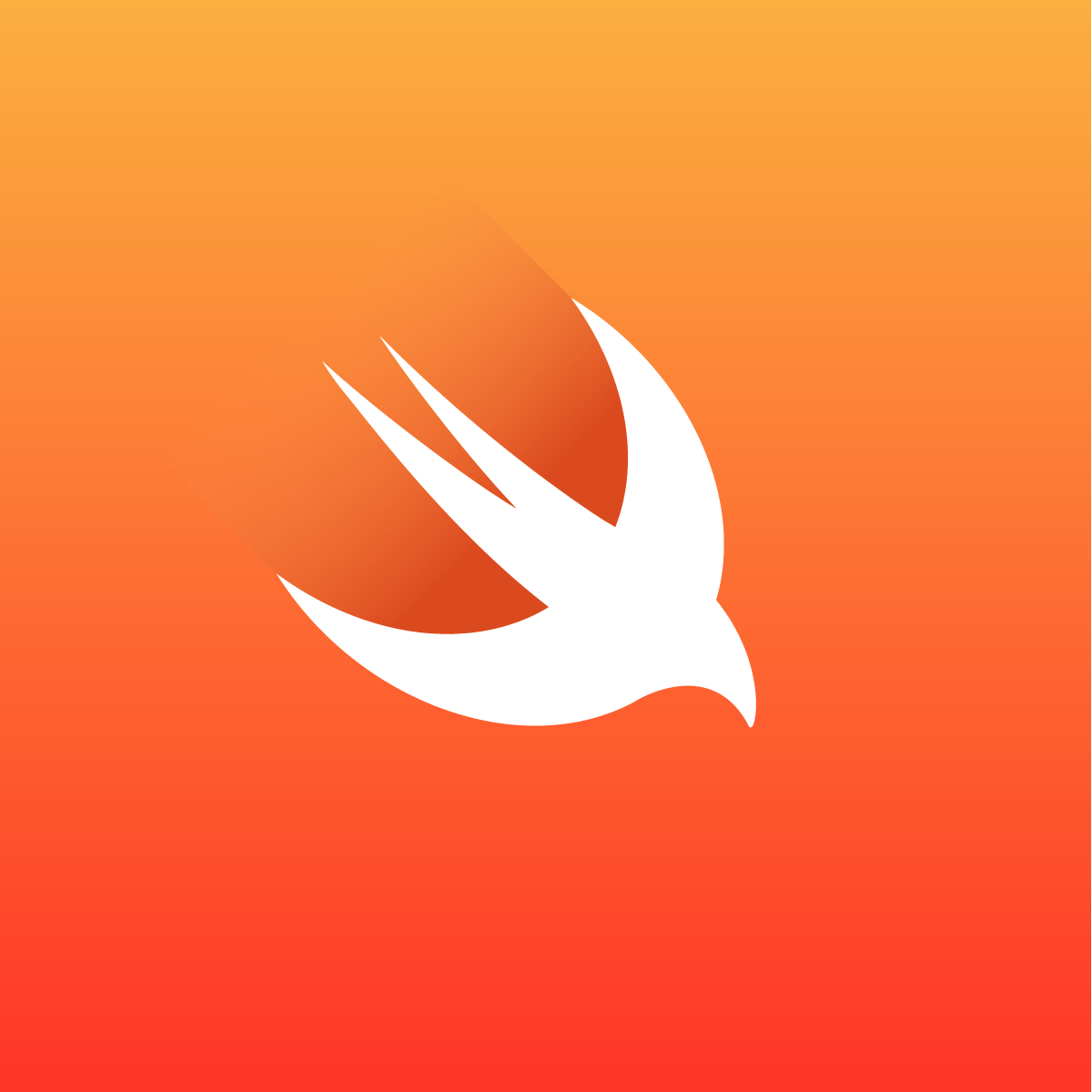- August 28, 2025
- Mins Read
Navigate between view controllers with ease. 💫
🔜 More stable version (written in Swift 5) coming soon.
Getting Started
These instructions will help you integrate CoreNavigation into your project.
Prerequisities
- Xcode 9 or higher
- iOS 8 or higher
- Cocoapods
Installation
CocoaPods
CocoaPods is a dependency manager for Cocoa projects. You can install it with the following command:
$ gem install cocoapods
CocoaPods 1.1+ is required to build CoreNavigation 1.0+.
To integrate CoreNavigation into your Xcode project using CocoaPods, specify it in your Podfile:
target ‘<Your Target Name>’ do
use_frameworks!
pod ‘CoreNavigation’, ‘1.0.0-beta-4’
end
Then, run the following command:
$ pod install
Carthage
Carthage is a decentralized dependency manager that builds your dependencies and provides you with binary frameworks.
You can install Carthage with Homebrew using the following command:
$ brew update
$ brew install carthage
To integrate CoreNavigation into your Xcode project using Carthage, specify it in your Cartfile:
github “aronbalog/CoreNavigation” == “1.0.0-beta-4”
API Reference
API reference
Example Use
Defining view controller:
class PersonProfileViewController: UIViewController, DataReceivable {
// DataReceivable associatedtype
typealias DataType = Person
func didReceiveData(_ data: Person) {
// configure UI with data
}
}
Presenting view controller:
Code Example
Navigate.present { $0
.to(PersonProfileViewController())
.withData(person)
}
Pushing view controller:
Code Example
Navigate.push { $0
.to(PersonProfileViewController())
.withData(person)
}
Routing & deep linking:
Why use the Destination instead navigating directly to view controller?
Read about it on Medium:
- #0 present & push… For how long?
- #1 Forget about segues.
- #2 Passing data between view controllers.
- #3 Handle Universal Links Like a Boss.
Defining Destination
Code Example
struct PersonProfile: Destination, Routable {
// Destination associatedtype
typealias ViewControllerType = PersonProfileViewController
// Routable patterns
static var patterns: [String] = [
“https://myapp.com/person/:personId(.*)”,
“https://myapp.com/user/:personId(.*)”
]
let personId: String
init(_ personId: String) {
self.personId = personId
}
var parameters: [String : Any]? {
return [
“personId”: personId
]
}
static func resolve(context: Context<PersonProfile>) {
guard let personId = context.parameters?[“personId”] as? String else {
// cancel navigation with some error
context.cancel(error: NavigationError.Destination.notFound)
return
}
// fetch person
fetchPerson(id: personId, completion: { (person: Person) in
// continue to navigation
context.complete(data: person)
}, failure: { (error: Error) in
// cancel navigation with some error
context.cancel(error: error)
})
}
}
Registering Routable types
In order to use Matchable types (String, URL, etc.) to navigate, every Destination type must be registered. Think about it as internal DNS.
PersonProfile.register()
Additional syntax
Navigate.router.register(routableType: PersonProfile.self)
Destination type can be routable without conforming to Routable protocol. Use this if you intend to create some kind of destination manifest and/or if route patterns are fetched from an external source:
Navigate.router.register(destinationType: PersonProfile.self, patterns: [
“https://myapp.com/person/:personId(.*)”,
“https://myapp.com/user/:personId(.*)”
])
Additional syntax
PersonProfile.self <- [
“https://myapp.com/person/:personId(.*)”,
“https://myapp.com/user/:personId(.*)”
]
Settings.self <- [
“https://myapp.com/settings”
]
Navigating using Destination
// present
Navigate.present { $0
.to(PersonProfile(“sherlock_holmes”))
…
}
// or push
Navigate.push { $0
.to(PersonProfile(“sherlock_holmes”))
…
}
Additional syntax
// present
PersonProfile(“sherlock_holmes”).present { $0
…
}
// or push
PersonProfile(“sherlock_holmes”).push { $0
…
}
Additional syntax
// present
PersonProfile(“sherlock_holmes”).present()
// or push
PersonProfile(“sherlock_holmes”).push()
Navigating using route
// present
Navigate.present { $0
.to(“https://myapp.com/person/sherlock_holmes”)
…
}
// or push
Navigate.push { $0
.to(“https://myapp.com/person/sherlock_holmes”)
…
}
Additional syntax
// present
“https://myapp.com/person/sherlock_holmes”.present { $0
…
}
// or push
“https://myapp.com/person/sherlock_holmes”.push { $0
…
}
Additional syntax
// present
“https://myapp.com/person/sherlock_holmes”.present()
// or push
“https://myapp.com/person/sherlock_holmes”.push()
Getting view controller asynchronously using Destination
PersonProfile(“sherlock_holmes”).viewController { (viewController) in
// vc is `PersonProfileViewController`
}
Getting view controller asynchronously using route
“https://myapp.com/person/sherlock_holmes”.viewController { (viewController) in
…
}
Getting view controller synchronously using Destination
do {
let viewController = try PersonProfile(“sherlock_holmes”).viewController()
} catch let error {
// handle error
}
Getting view controller synchronously using route
do {
let viewController = try “https://myapp.com/person/sherlock_holmes”.viewController()
} catch let error {
// handle error
}
Note:
If you implement custom destination resolving, it must happen on the main thread; otherwise, an error is thrown.
Matchable protocol
URL types can also be used to navigate or resolve view controller. Actually, any type conforming Matchable protocol can be used.
Conforming to matchable:
struct Person {
let id: String
…
}
extension Person: Matchable {
var uri: String {
return “https://myapp.com/person/” + id
}
}
Example usage:
let person: Person = Person(id: “sherlock_holmes”, …)
// getting view controller
let personProfileViewController = try! person.viewController
// or navigating
person.present()
person.push()
// or more configurable syntax
Navigate.present { $0
.to(person)
…
}
Configuration
- Animating
- Observing completion
- Observing success
- Observing failure
- Embedding
- Passing data
- Caching
- Protection
- State restoration
- Specifying origin view controller
Example Apps
Running the Tests
Available in CoreNavigationTests target.
Versioning
Current release:
- 1.0.0-beta-4
GitHub
- August 27, 2025
- SwiftUI
This package provides you with an easy way to show tooltips over any SwiftUI view, since Apple does not provide ...
- August 27, 2025
- SwiftUI
- Uncategorized
SimpleToast is a simple, lightweight, flexible and easy to use library to show toasts / popup notifications inside iOS or ...
- August 27, 2025
- SwiftUI
Create Toast Views with Minimal Effort in SwiftUI Using SSToastMessage. SSToastMessage enables you to effortlessly add toast notifications, alerts, and ...






